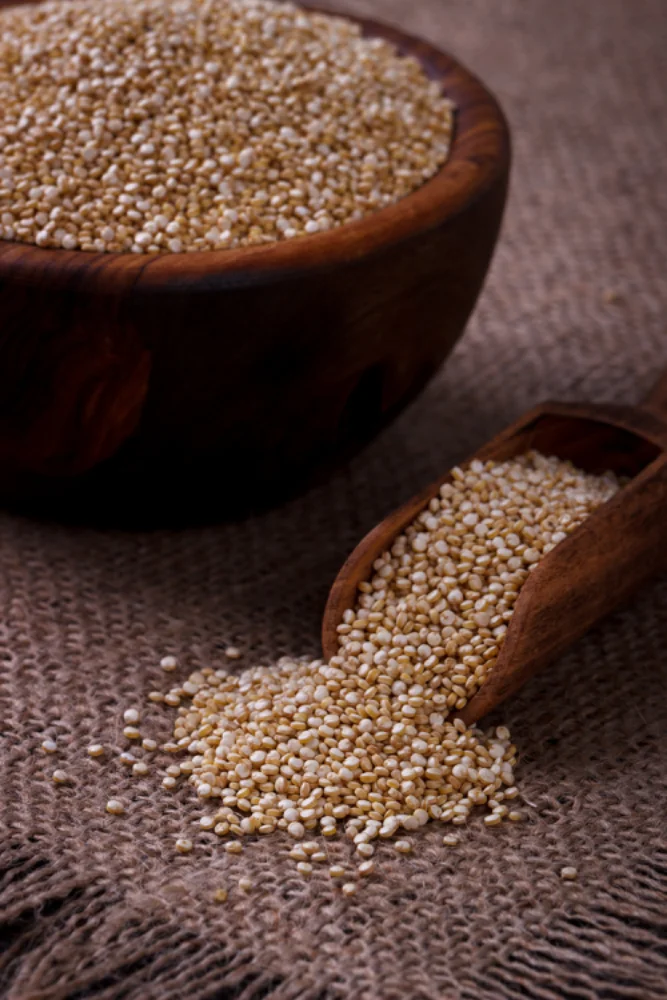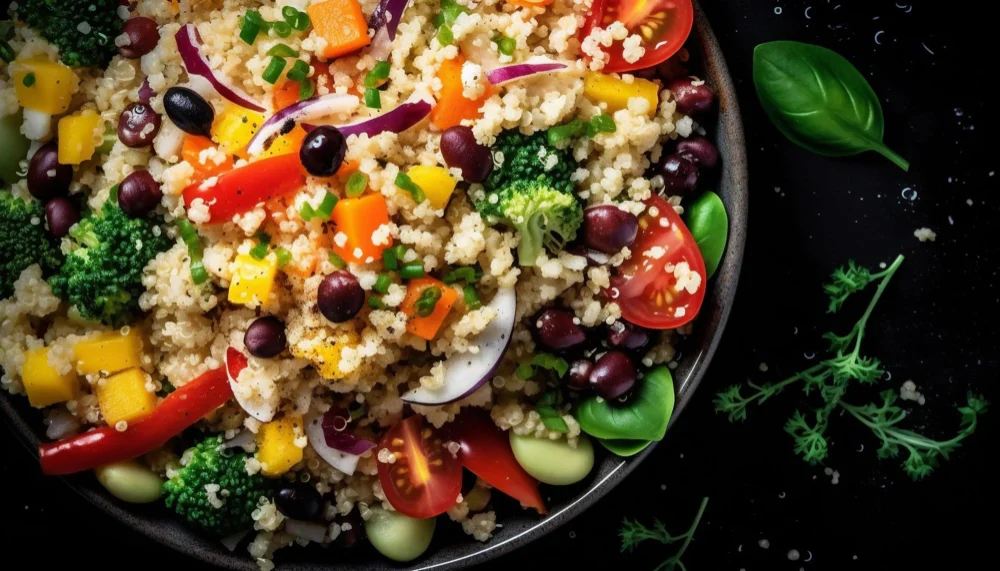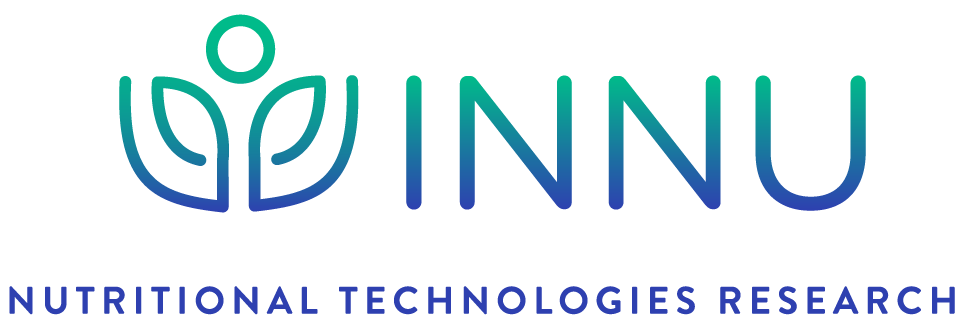Quinoa (Chenopodium quinoa Willd.) is an ancient pseudocereal native to the Andean region that has gained worldwide recognition for its valuable nutritional profile, the crop’s ability to adapt to harsh environmental conditions, and its culinary versatility, as it can be used in various types of dishes and cooking methods. For thousands of years, it has been a primary item in the diet of our ancestors, who recognized its nourishing qualities long before modern science began to validate its health benefits. We now know that its abundance of minerals, fiber, and bioactive compounds enhances its functional properties, which may support the prevention and management of chronic diseases such as diabetes and hypertension. Therefore, incorporating it into our diets may offer fantastic benefits, like reducing inflammation and cardiovascular problems, and even helping prevent certain types of cancer [1].
Quinoa: Why is it special?

Called “Mother of all grains” by the Incas, quinoa has been cultivated for more than 4,000 years. Its popularity has increased recently due to its nutritional value, its versatility in creating a wide range of dishes, and its gluten-free composition, making it suitable for individuals with celiac disease. What sets it apart from other cereals is its high protein composition, including all the essential amino acids the body needs. Its protein content ranges from 13% to 15%, which is much higher compared to most traditional cereals, such as rice (7-9%) and corn (8-10%). It is also considered a superfood because it is an excellent source of fiber, vitamins, and minerals [2].
In recent years, Quinoa grain has been exported and cultivated worldwide due to its remarkable capacity for adapting to adverse weather conditions. Primarily due to its high demand, children, women, athletes, and, overall, every member of society can benefit from consuming this pseudocereal (a seed that behaves like a grain).
Chronic diseases on the rise: diabetes and hypertension
Diabetes is a chronic condition in which the body is unable to regulate blood sugar levels properly. In contrast, high blood pressure refers to a disorder that happens when blood flows through the arteries with excessive force over time. According to the World Health Organization, these conditions caused over 43 million deaths by 2021 [3]. Diabetes deaths have more than quadrupled from 1990 to 2024 due to rising prevalence and complications, on the other hand, hypertension remains the leading global killer [3, 4]. Particularly in Mexico, the situation is serious: about 3 out of every 10 adults have high blood pressure, and nearly 1 in 5 lives with diabetes [5]. This highlights the importance of discovering innovative and effective methods to prevent and manage these diseases. Along with medical care, adopting healthier eating habits, including the consumption of functional foods, may provide a simple and effective way of improving health and quality of life. This also correlates to the concept of food security, whose goal is to ensure that everyone has access to enough safe, nutritious, and affordable food. For this reason, the consumption of quinoa can play a crucial role in individual disease prevention and in enhancing global food security.
Quinoa as a functional food

The term “functional food” refers to foods that not only nourish but also provide additional health benefits, such as helping to prevent or improve specific metabolic pathways. Quinoa is an excellent example of this. Besides being rich in nutrients, it also contains special bioactive compounds, such as polyphenols, flavonoids, and peptides that may have positive effects on human health. Scientists have found that these specific components can help regulate blood sugar levels and blood pressure, two key factors associated with diabetes and hypertension [5].
When quinoa is ingested, its proteins are broken down during digestion into smaller molecules known as peptides, which are short chains of amino acids. These compounds are not only nutritional, but they also have some biological effects on the body. Research has shown that some of these bioactive peptides can block the activity of metabolic pathways linked to blood pressure regulation and glucose levels in the bloodstream. Haixi You and collaborators discovered that quinoa protein can release peptides that disrupt the activity of an enzyme involved in blood sugar regulation. Additionally, some varieties, like the red and black, have demonstrated antioxidant, antimicrobial, anti-inflammatory, and anticancer properties. Moreover, a study with rats by Sung Hoon Yu and collaborators showed that the ingestion of quinoa can significantly reduce the risk of cardiovascular diseases. Therefore, incorporating quinoa into the diet can offer potential benefits for patients with hypertension and/or diabetes [6, 7, 8].
An ancestral grain with a promising future
Quinoa’s importance in promoting human nutrition and food security goes beyond its current recognition, it represents a strategic crop for addressing the challenges of our future diets. As the global population continues to grow and climate change threatens agricultural systems, there is an urgent need for sustainable, resilient, and nutritionally dense food sources. Quinoa stands out as an ideal candidate due to its protein quality, fiber, vitamins, minerals, and bioactive compounds. These components have demonstrated promising effects on metabolic pathways associated with chronic diseases, including diabetes and hypertension.
Its ability to be cultivated in poor soils, with minimal water and extreme temperatures, makes it valuable for our planet. Therefore, understanding how to preserve and deliver the grain’s compounds through innovative food products is essential. While most current findings originate from laboratory and animal studies, the consistent positive results are focusing research on the development of functional foods and nutraceuticals that can genuinely improve human health.
By integrating traditional knowledge with modern research, it is possible to exploit quinoa’s full potential to support healthier lifestyles, reduce the prevalence of chronic diseases like diabetes and hypertension, and contribute to a food-secure future for all.
References
[1] M. I. Hussain, M. Farooq, Q. A. Syed, A. Ishaq, A. A. Al-Ghamdi, y A. A. Hatamleh, «Botany, Nutritional Value, Phytochemical Composition and Biological Activities of Quinoa», Plants, vol. 10, n.o 11, p. 2258, oct. 2021, doi: 10.3390/plants10112258.
[2] S. Ranjan et al., «Nutraceutical properties and secondary metabolites of quinoa ( Chenopodium quinoa Willd.): a review», Int. J. Food Prop., vol. 26, n.o 2, pp. 3477-3491, dic. 2023, doi: https://doi.org/10.1080/10942912.2023.2286895
[4] A. Chaturvedi, A. Zhu, N. V. Gadela, D. Prabhakaran, y T. H. Jafar, «Social Determinants of Health and Disparities in Hypertension and Cardiovascular Diseases», Hypertension, vol. 81, n.o 3, pp. 387-399, mar. 2024, doi: https://doi.org/10.1161/HYPERTENSIONAHA.123.21354.
[5] https://www.insp.mx/avisos/presentan-resultados-de-la-ensanut-2020-2023
[6] B. Anaya-González, E. D. L. C. Fernandez, R. C. Alarcón, R. A. M. Aycachi, A. A. U. Zegarra, y D. Bazile, «Quinoa-derived biopeptides with antioxidant activity and their applications in the pharmaceutical and food industries», Food Sci. Technol., vol. 45, abr. 2025, doi: https://doi.org/10.5327/fst.00444
[7] H. You, T. Wu, W. Wang, Y. Li, X. Liu, y L. Ding, «Preparation and identification of dipeptidyl peptidase IV inhibitory peptides from quinoa protein», Food Res. Int., vol. 156, p. 111176, jun. 2022, doi: https://doi.org/10.1016/j.foodres.2022.111176.
[8] S. H. Yu et al., «Anti-Proliferative Effects of Rutin on OLETF Rat Vascular Smooth Muscle Cells Stimulated by Glucose Variability», Yonsei Med. J., vol. 57, n.o 2, p. 373, 2016, doi: https://doi.org/10.3349/ymj.2016.57.2.373.


